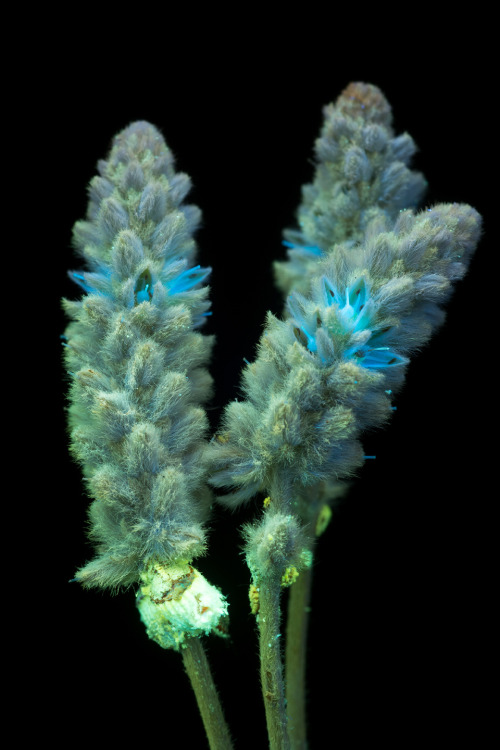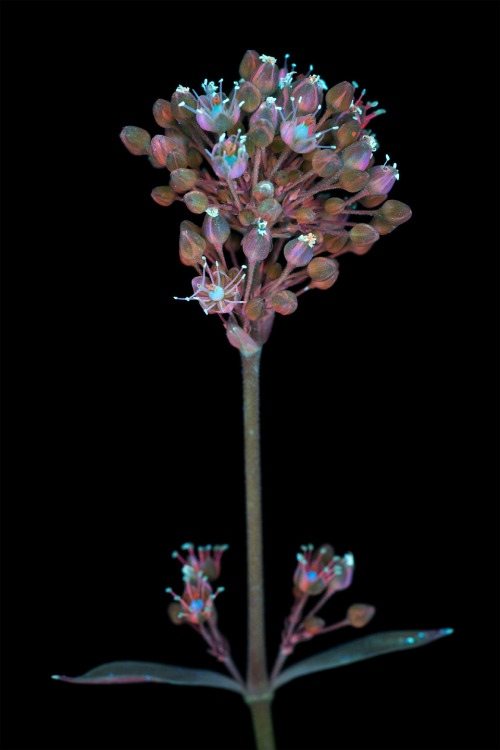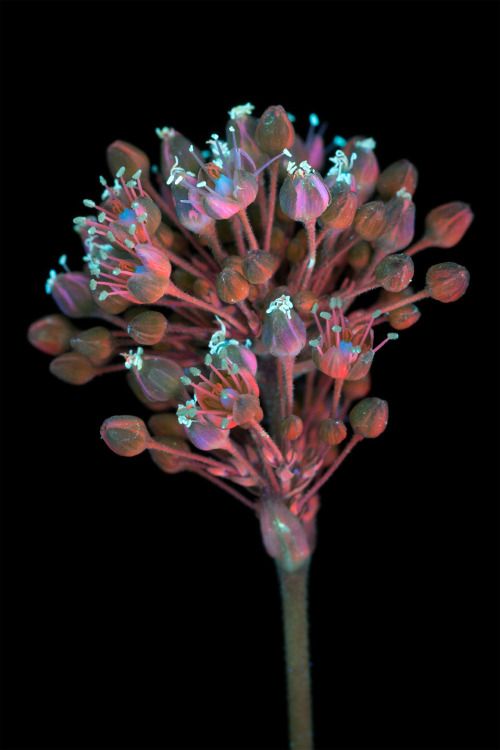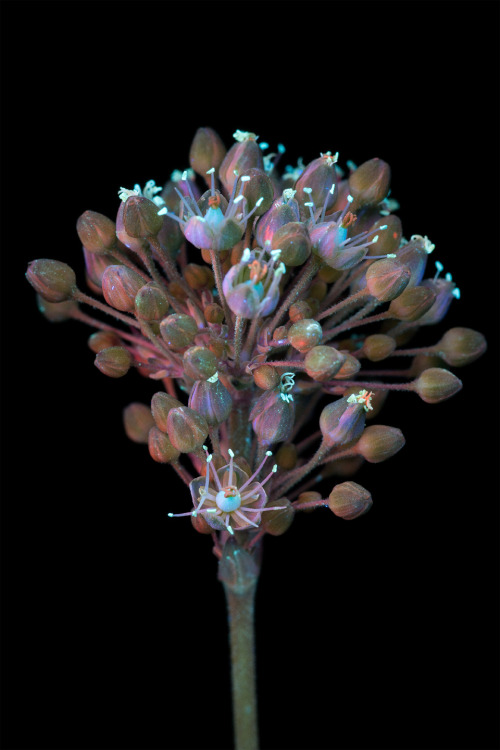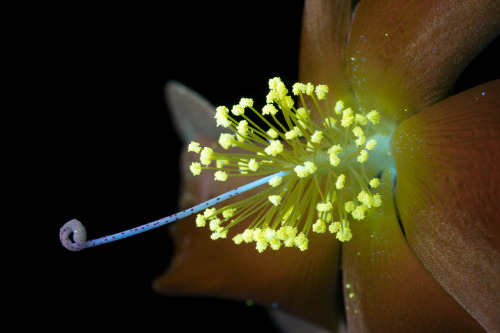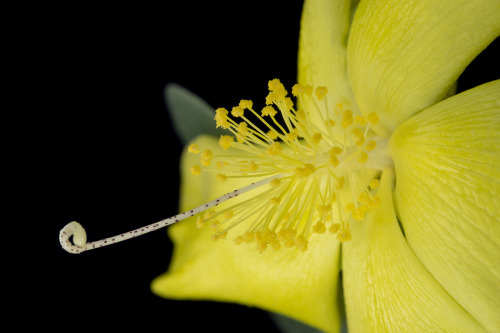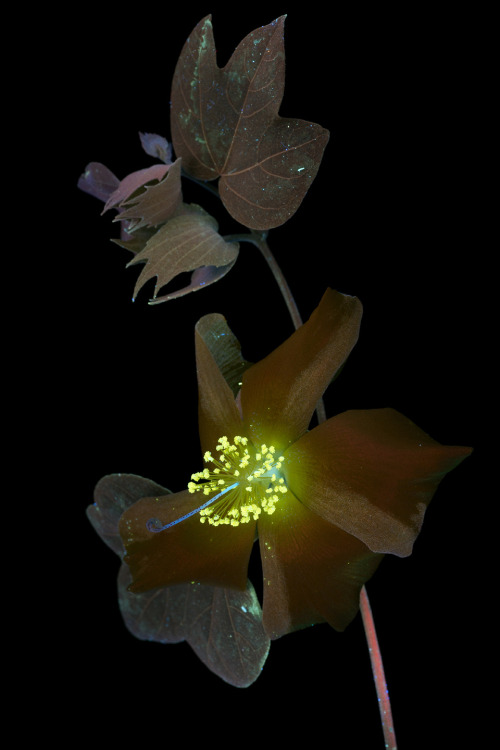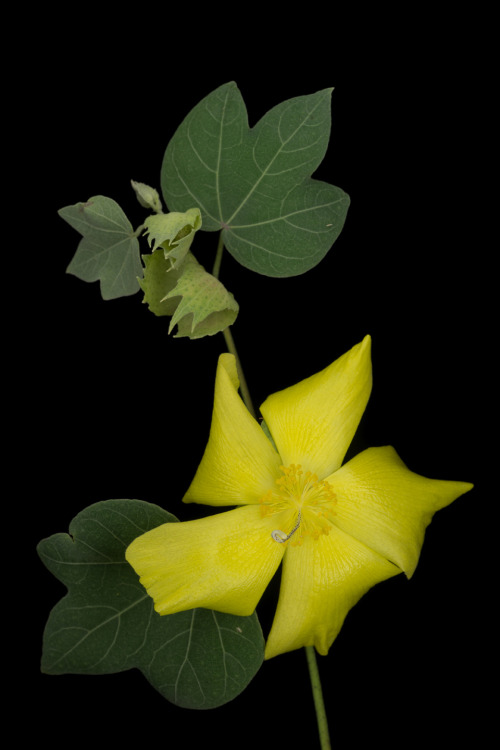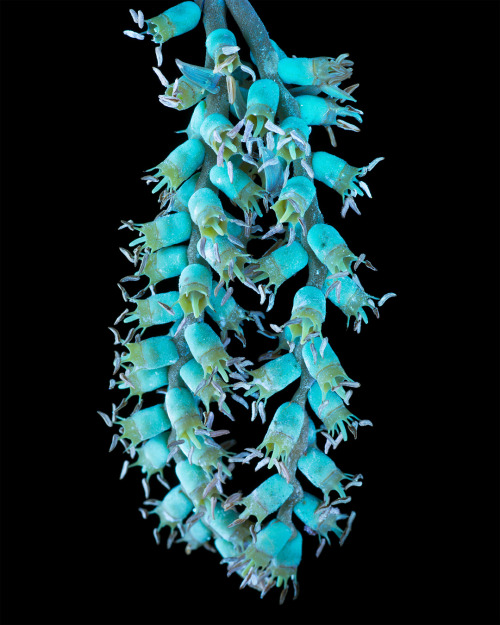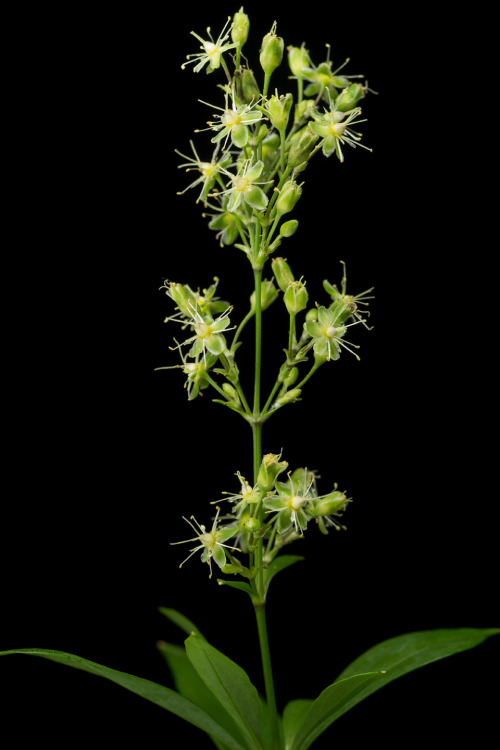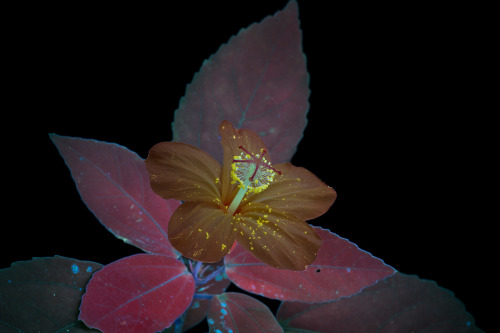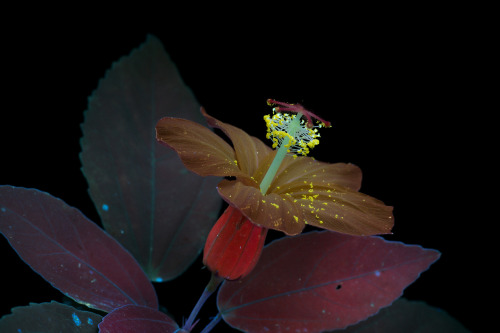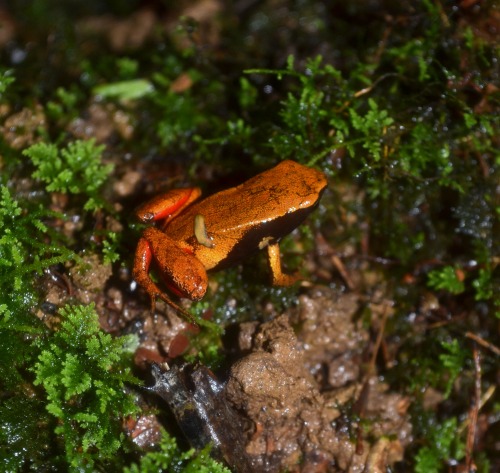#endemic
Sarracenia leucophylla, the “white topped pitcher plant” native to bogs and flooded meadows in the southern United States.
Post link
Oemleria cerasiformis “Indian Plum” Rosaceae
Washington Park Arboretum, Seattle, WA
May 9, 2016
Robert Niese
Oemleriais a PNW endemic and is one of the first plants to leaf-out and bloom in spring. Later in the summer Oemleria will begin to bear ripe fruits which are purple with a large pit, giving them the name Indian Plums. Opinions vary on the palatability of these fruits. Some find them to be among the best in the PNW, while others find them too bitter. Generally, their astringency can be reduced through cooking and, as such, Oemleria fruits tend to be most commonly prepared in jams and pie fillings. Also, their bark is thought to be a mild aphrodisiac. Someone should try chewing on a few twigs and report back to us all.
Post link
Hydrophyllum tenuipes “Pacific Waterleaf” Hydrophyllaceae/Boraginaceae
Olympic National Park, WA
June 5, 2013
Robert Niese
While we’re on the topic of Hydrophyllaceaous plants, here’s another from the low, wet forests of the coastal PNW. Like most members of this pseudo-family, these flowers exhibit unmistakable exerted stamens. These plants are endemic to the PNW and can be found anywhere west of the Cascades, usually near rivers or streams. It’s also interesting to note, like the other Hydrophylls I’ve been posting lately, these plants produce flowers whose color varies from cream to deep violet. A quick google image search suggests that most individuals are white, but all the images I have collected personally are purple. Perhaps I tend to only encounter the purple varieties, but it seems far more likely that I simply prefer to photograph purple plants over white ones. It’s interesting that this unconscious bias may have influenced my perhaps unfounded perception of these populations being predominantly purple.
Post link
This is the last of my native flora photos from last year’s Hawaii assignment. Fittingly this is from the final shoot and perhaps strangely my favorite of all. This is Nototrichium sandwicense, an endemic species in the Amaranthfamily known in the indigenous language as Kului. The flowers’ white-light color is rather tame, but they remain attractive for the fluffy character and produce a pleasing cyan to green tone when exposed to my ultraviolet light. The leaves may be my absolute favorite thing about this plant though. Especially when grown in bright and dry conditions, the leaves become heavily pubescent, tiny hairs creating a translucent silvery sheen overlaying the green leaf surface. They prefer to grown in dry conditions and are naturally present on many of the islands, growing in various well-drained soils at low to moderate altitudes. If I could choose just one of the plants I photographed to grow at home in California, it would be this species!
For some bonus fun, check out the ant in the final picture. She and her associates were wandering all over the flowers, creating quite a lot of frustration for me. In the end there was one frame where one ant was both somewhat in focus and stationary enough to get a good look at how the body fluoresces under 365nm UV.
This is my last native Hawaiian flower to share. I’ll be taking a short break from posting UVIVF images, but I’ll return with some invasive species I photographed the first night there and probably some infrared images down the line as well!
Thanks to Hana Hou! magazine (in particular Matt Mallams!) for bringing me in on this assignment and both the Lyon Arboretum and Hui Ku Maoli Ola for all the help in providing subjects and sparing the time to talk about things. I hope I’ll have another opportunity in the future to come visit!
Post link
Viola chamissoniana is a member of the violet family known as ‘olopu in and endemic to Hawaii where it is found on several of the islands in the chain. The subspecies native to Oahu is a federally-listed endangered species, largely as a result of the grazing of introduced feral goats and pigs which pose a threat to many other Hawaiian endemics. Introduced herbivores are far from the only threat as introduced plants such as Ageratina adenophora pose troublesome competition from a plant I’ve also seen growing wild and introduced here in California. While human development is one of the leading causes of species endangerment and habitat loss, it is clear that secondary effects, even centuries down the line, continue to ravage natural ecosystems.
A less dour fact about Violas is that they usually have two types of flowers borne in different times of year. The flowers we appreciate are known as chasmogamous – showy things designed to attract the attention of would-be pollinators and incidentally us as well. This promotes cross-pollination and in Violaoften results in a seed pod which explodes, propelling diversified seeds to colonize surrounding areas. There are also sneaky flowers which are almost never seen, hunkering close to the base of the plant or even underground. These flowers are cleistogamous and are self-pollinating. The fruit containing these seeds instead dumps them close to the parent plant as the offspring are more likely to have a similar genetic makeup which allows them to thrive in the same conditions.
Thanks to Hui Ku Maoli Ola for lending me this plant as a subject along with the others!
Post link
Schiedea globosa is another member of the pinks family, endemic to Hawaii, and though less imperiled than its cousin (previously posted Schiedea adamantis), it still experiences a threatened existence in the wild. It is native to many of the islands where it inhabits steep north-facing cliffs and rocky slopes, often in coastal habitats where it requires little water, contrary to the general perception of the environments of Hawaii. The globular flower clusters are not visually striking but offer a fairly unique scent, reminiscent of sweet butter and caramel.
This plant was part of a series enabled by Hana Hou! who brought me to Oahu for this project and Hui Ku Maoli Ola native nursery which generously lent me this among other plants to photograph.
Post link
Gossypium tomentosum, Ma’o, or Hawaiian cotton, is an another endemic member of the mallow family (Malvaceae). It is grown as a small shrub, a groundcover, and is enjoyed for its silky flowers and silvery leaves. Sadly, like many of the other Hawaiian plants I’ve been sharing, it is endangered and has been extirpated from at least one of the Hawaiian islands largely as a result of continued coastal development.
Besides the loss of beauty, variety, and ecological diversity, the extinction of a species always has potential to make lost traits which would have perhaps more conventional value. This cotton illustrates this as even while its population continues to decline, its genes persist in commercial cotton crops after being bred with them to confer enhanced insect and pathogen resistance. While for some the abstract consequences of extinction have no impact, there remain more concrete losses which should leave any person concerned.
Post link
Capparis sandwichiana, the Hawaiian Caper, or maiapilo, is a sprawling, low-growing shrub which inhabits only the Hawaiian islands in coastal and near-coastal ranges. It shares its genus with Capparis spinosa which is commonly used in Mediterranean cooking and shares some traits such as a preference for little water which might be surprising when hearing it is endemic to these tropical islands. The white flowers are fragrant and quite large, serving as nectar source for Manduca blackburni and a forage source for larval Plutella capparidis moths,both of which are also endemic Hawaiian species. The plant is threatened in the wild, which should come as no surprise knowing it’s from the coastal regions and after the information I posted about all the other Hawaiian flora so far.
Curiously, while many plants are given scientific names after people (often European naturalists), others’ names give a description of the plant or its origin. Capparis sandwichiana straddles these two potentials, being named for the location (“The Sandwich Islands”), which were in turn named that by James Cook, a British explorer. I am not the most passionate about plant naming conventions being actually useful, but the surfeit of plants with variations of “sandwich” as epithets is sort of absurd and stupid. While recognizing the value of the taxonomic system to categorize and make distinct species, I think it would be both practical and honorable to integrate native names instead of using monotonous species names such as “sandwichensis” or individuals’ names, for example this plant could be Capparis maiapilo instead. The first flower I posted in this series is actually a good example of it with a taxonomic name of Hibiscus kokio while the Hawaiian name is Kokiʻo.
Anyway, enough of that! I hope you enjoy this plant as much as I did.
Many thanks to Tim K from the Lyon Aboretum for giving me some cuttings from his personal garden in order to document this species.
Post link
While thinking of a tropical island might conjure images of tall palms arcing over a beachfront lounge spot, you won’t find Pritchardia martii hanging around there. Endemic to the island of Oahu, P. martii grows wild starting around 1,000ft and up to around 2,600ft in environments ranging from fairly dry to quite wet.
Plants in the genus Pritchardiaare known in the Hawaiian vernacular as Loulu and the fruit as Hawane which is sometimes applied to the plant itself. These plants were used to make spears (the trunk), as thatching and weaving material (leaves), and as food (the fruit) for which notches were carved into the trunks to assist in climbing leaving some older specimens still bearing these marks.
The pendant inflorescences have an odor reminiscent to me of overripe stone fruit and readily gather small insects such as gnats. The cup-shaped flowers gleam with nectar and may attract rats which threaten the plants in the wild by eating not only the flowers, but the fruit when ripe.
This threat is once again a manifestation of human inhabitation of the island as more than one species was introduced, starting as far back as 1,600 years. While the issue is addressed in cultivation by attaching wire cages around the fruit, the approach is not feasible in the wild which may make long term efforts toward conservation challenging.
This subject was collected and photographed on the premises of Lyon Aboretum while I was on assignment for Hana Hou!
Post link
Schiedea admantis is certainly the most rare plant I had the privilege to photograph while on assignment on Oahu with its extremely narrow endemism inhabiting less than 3000 square feet inside of Diamond Head crater (Lē’ahi). The environment it grows in is harsh, requiring it to endure strong wind, intense light, drought, and high temperatures which together make it especially threatened by the effects of a changing climate. Further, as is the case with many native and endemic Hawaiian plants, the incredible abundance of introduced species poses a further human-driven threat to this unique species.
First described as a species in 1977, its population was already very small with fewer than 80 individuals found in a 1984 survey, and between 2 and 30 wild individuals in the modern day. The conservation guidelines for it call for preservation of existing populations, but also for ex-situ (out of habitat) cultivation in parity to preserve as much of the genetic diversity as possible. The Lyon Arboretum is responsible for plenty of these conservation efforts and luckily enabled this rare opportunity to document the species with UVIVF photography.
While first illuminating the flowers with my 365nm ultraviolet source each flower bore several bright spots which I didn’t realize until later were droplets of nectar clinging to the filaments supporting the anthers. Schiedea is a Hawaiian-endemic genus and after looking at a paper on them it seems this trait is shared broadly among its constituent species as the stamen and nectary are basically fused at the base, but quite curiously is not universal since some Schiedea have diverged to wind-pollination! These sorts of variations allow this genus to serve as a model for how the Hawaiian flora has evolved its various breeding systems.
Post link
One of the things Hawaii is known for is its great array of Hibiscus and members of the mallow family (Malvaceae)in general. Back in June I was on Oahu on assignment for Hana Hou! to photograph native and endemic species and it is no surprise that a disproportionately large number were from this family. Shown here is Hibiscus kokio ssp. saintjohnianus, which cosmetically diverges from ssp. kokioby having orange flowers instead of a more common red or pink color. This rare and endemic subspecies has a limited distribution, localized to the coastal valleys of northwestern Kaua’i. The main historic uses of this species are the manufacturing of charcoal, creation of leis, and as a laxative. In modern times and surely throughout the past it of course was appreciated for its bright color and beauty. Thanks to the native nursery Hui Ku Maoli Ola and Lyon Arboretum for providing almost all the subjects for this series of Hawaiian plants!
Post link
Over a third of the plants, and many animals of Socotra island are found nowhere else on earth. The unique ecosystem of this 125 kilometre long island is due to its extreme isolation, heat and drought. Socotra island is 380 kilometres south of the Arabian Peninsula and is a part of the Republic of Yemen.
Post link


Spiral Aloe
Adventure of a Lifetime – Frogs, Lemurs and More.
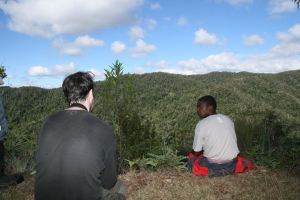
Hi everyone, It has been a while since I have updated the website and made an entry upon it, so here is me making up for it with my announcement that I will be embarking on my next trip to Madagascar, the island of marvels. It has been an incredibly long time since I started to plan this epic adventure, with months of planning, excitement, nerves and reading (lots of reading). It will be a…
MARVELLOUS MANTELLA – Natural History, Husbandry & Reproduction of the Malagasy Poison Frogs.
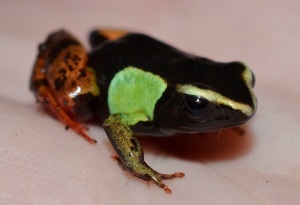
MARVELLOUS MANTELLA (Part 1) Natural History, Husbandry & Reproduction of the Malagasy Poison Frogs. By Joshua S. Ralph INTRODUCTION Exotic species of fauna such as Reptiles, Amphibians, Invertebrates, Birds and even Fish have both fascinated and intrigued humans for centuries with menageries dating back to the thirteenth century and possibly even further. This is especially true regarding…
Diurnal Hike at Mitsinjo (Analamazoatra) Forest Station – Video.
My first actual day (Excluding the travel day) into my trip to Madagascar whilst doing work at the Amphibian Survival Assurance Center of Andasibe (ASACA), a part of Association Mitsinjo.
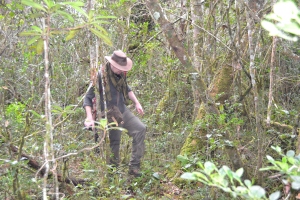
Red-spotted Bright-eyed Frog (Boophis rappiodes) offspring. © 2015 – Joshua Ralph – All Rights Reserved An interview with Joshua Ralph, Batrachologist and Conservationist with MantellaMan Conservation, an Amphibian Survival Alliance Partner. Amphibians the world over are facing probably the world’s most serious extinction crisis. What are your thoughts on the future prospects…
Orchids of Madagascar (Andasibe Region)
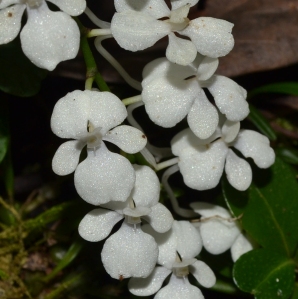
Hi Everyone, Slightly different to my regular form of blog entry, normally my posts are very diverse showin all forms of Malagasy fauna and flora. However, this tim I will be looking at one particular topic, the species of Orchids that can be found upon the islands. The Orchidaceae family, along with the Asteraceae, they are one of the two largest families of flowering plants on the planet with…
Golden Mantella (Mantella aurantiaca) at Menalamba – Video
Golden Mantella (Mantella aurantiaca), insitu at the Menalamba locality within the Torotorofotsy Wetlands Reserve, eastern Madagascar.
Threats to Madagascar’s Amphibians – Basic Run Down.
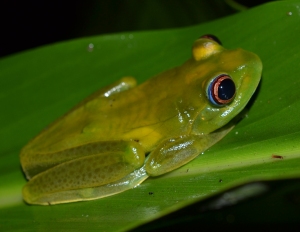
Over the course of our planets history, thousands upon thousands of species of Fauna and Flora has both flourished and blossomed into marvelous species that can be found today, or they have disappeared off the face of earth, either naturally over the course of time or faced severe threats caused by none other than our very own species. Homo sapiens throughout its existence, has caused the…
#MantellaMonday
Yellow Mantella (Mantella crocea) specimen.
Bakozetra locality, Torotorofotsy Wetlaands Reserve, Eastern Madagascar.
Post link
Malagasy Nature Photographs – Bakozetra locality, Torotorofotsy Wetlands Reserve.
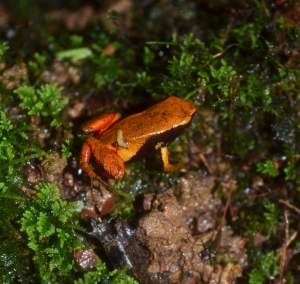
Hi Everyone, Within this photograph blog entry, I will be in the Torotorofotsy Wetlands Reserve, located north of the town of Andasibe. Continuing the day that I encountered one of Madagascar’s most iconic species of frog, the Golden Mantella (Mantella aurantiaca), my guide Fanoo and I decided to travel slightly further north to a different part of the Torotorofotsy. Bakozetra is like I said,…
Malagasy Nature Photographs – Menalamba locality, Torotorofotsy Wetlands Reserve.
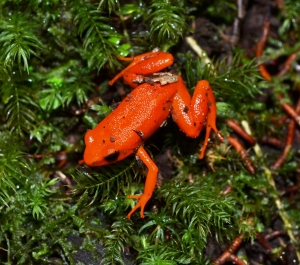
Hi Everyone, Within this photograph blog entry, I will be in the Torotorofotsy Wetlands Reserve, located north of the torn of Andasibe. Being one of my first days in Madagascar and with the breeding season of a few species I so desperately wanted to see nearly over, Devin Edmonds (Director of the ASACA facility in Andasibe) and myself made an attempted to find a species that pretty much kicked…









